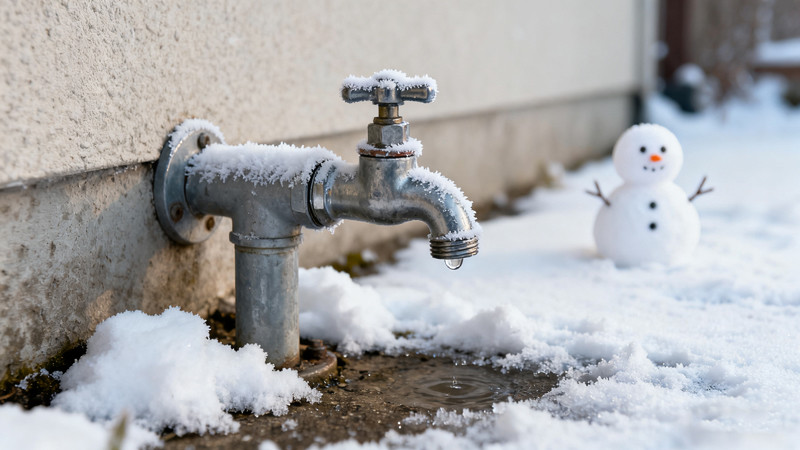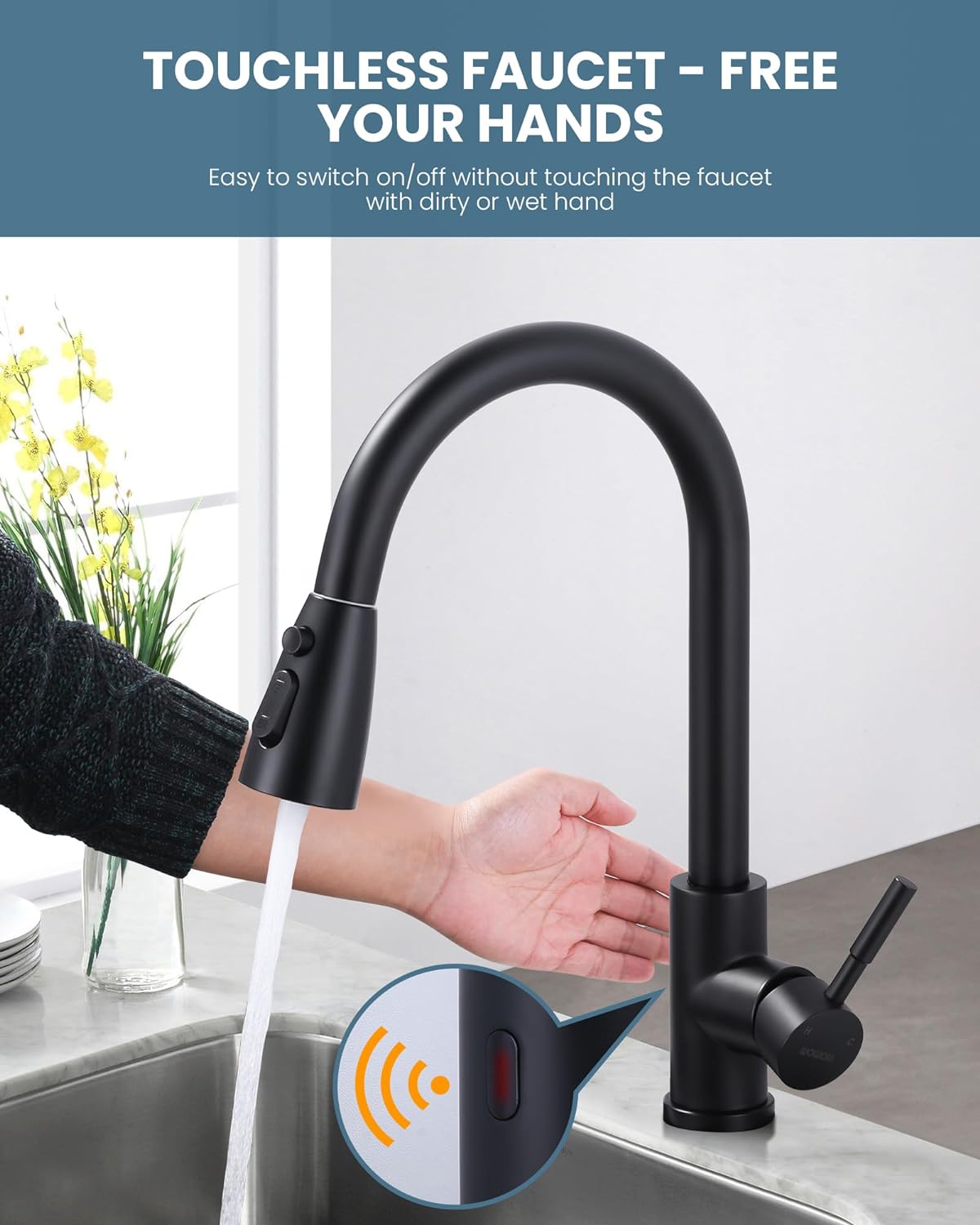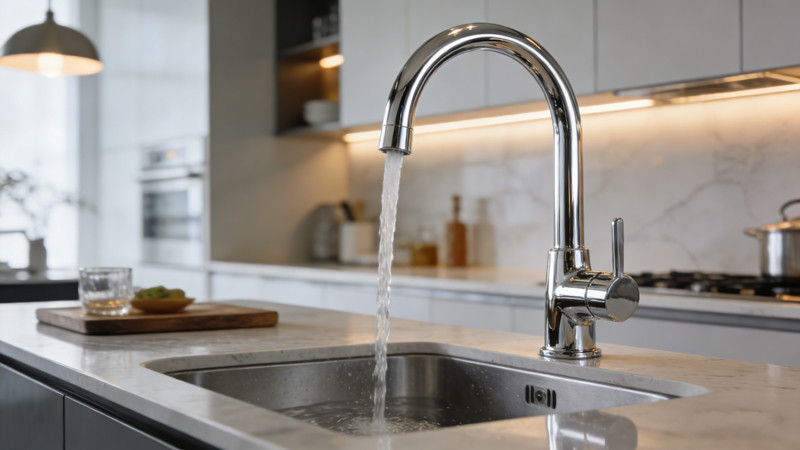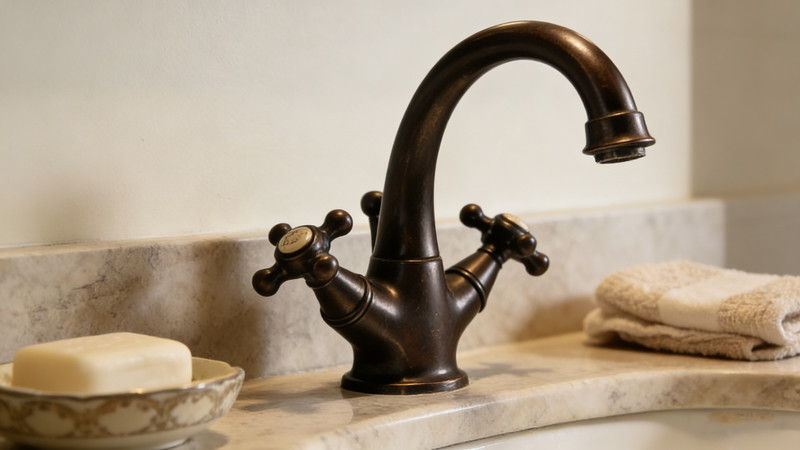As the temperatures drop and frost begins to settle in, one of the most overlooked parts of a home is the outdoor faucet. While many homeowners focus on insulating pipes inside their homes, outdoor faucets are often left exposed to freezing temperatures. This oversight can lead to burst pipes, costly repairs, and water damage when the weather warms up again. Learning how to properly store and protect your outdoor faucets during winter is a simple yet crucial step in maintaining your plumbing system.
In this guide, we’ll break down why winter storage matters, the steps you can take to winterize your faucets, and additional precautions that ensure your plumbing survives even the harshest winters.
Why Storing Outdoor Faucets in Winter Matters
Water expands when it freezes. This simple fact is the root cause of most winter plumbing disasters. If water is left inside your outdoor faucets or the connecting pipes, freezing temperatures can cause the trapped water to expand. This creates pressure within the faucet and the pipes, which can eventually crack or burst.
The consequences are more than just a minor inconvenience. A burst outdoor faucet or pipe can flood your yard, seep into your home’s foundation, or cause hidden leaks inside walls. Repairs often run into hundreds or even thousands of dollars. Properly storing and preparing your outdoor faucets helps prevent all of this, saving you time, money, and stress come spring.
Step 1: Disconnect Garden Hoses and Attachments
The first step in storing outdoor faucets for winter is to disconnect all garden hoses, splitters, and watering accessories. Even if the hose itself is designed to withstand cold weather, leaving it attached traps water inside the faucet and hose bib. This water can freeze and back up into your plumbing.
Once disconnected, drain the hoses and store them in a dry location such as a garage, shed, or basement. Coil them neatly to prevent kinks and cracks from forming over time. Storing hoses indoors also extends their lifespan, as they won’t be exposed to ice or winter sun.
Step 2: Shut Off the Water Supply to Outdoor Faucets
Most homes have a dedicated shut-off valve for outdoor faucets located inside the house—typically in the basement, crawl space, or utility room. Turn this valve off before temperatures dip below freezing.
After shutting off the valve, open the outdoor faucet to drain out any remaining water. Leave the faucet handle in the open position throughout the winter to prevent pressure buildup if residual water freezes inside.
If your home does not have a separate shut-off valve, consider having one installed by a plumber. It’s one of the most effective ways to protect outdoor plumbing in cold climates.
Step 3: Drain the Faucet and Pipes
Even after shutting off the supply, some water may remain inside the faucet and the connecting pipe. To completely drain it, open the faucet after turning off the interior shut-off valve and allow any trapped water to escape.
In some cases, faucets are equipped with a small drainage port near the indoor shut-off valve. Opening this port ensures the line is fully emptied. Keep a small bucket or towel handy to catch the water.
Step 4: Install a Faucet Cover
Faucet covers are inexpensive but highly effective tools for winter storage. Made from insulating foam or heavy-duty plastic, these covers fit over the faucet and shield it from snow, ice, and freezing air. They add an extra layer of protection, reducing the chance of residual water freezing inside the spigot.
To install, simply place the cover over the faucet and secure it tightly using the built-in strap or cord. Faucet covers are reusable year after year, making them a smart investment.
Step 5: Consider Frost-Free Faucets
If you live in a region where winters are severe, you might want to upgrade to frost-free faucets. Unlike traditional spigots, frost-free faucets are designed with a longer stem that extends into the heated portion of your home. The shut-off mechanism sits inside the house, preventing water from being trapped near the exterior wall.
While this requires replacement and some upfront cost, frost-free faucets provide peace of mind and minimize the risk of winter plumbing issues.
Additional Tips for Protecting Outdoor Faucets
- Insulate Exposed Pipes: If the pipe leading to your outdoor faucet runs along an unheated wall or crawl space, wrap it in foam pipe insulation. This prevents cold air from reaching the pipe.
- Check for Leaks Before Winter: A leaky faucet or pipe can worsen during freezing conditions. Repair or replace faulty parts before winter arrives.
- Seal Wall Penetrations: Use caulk or expanding foam to seal any gaps around the faucet where it enters the wall. This prevents cold drafts from affecting your plumbing.
- Schedule an Annual Checkup: Have a plumber inspect your outdoor plumbing system in late fall to ensure everything is ready for freezing weather.
What Happens If You Don’t Store Your Outdoor Faucets
Skipping winter storage may not cause immediate issues during mild winters, but one cold snap can spell disaster. Frozen faucets often split or crack, leading to water damage when the ice thaws. Beyond repairs, the inconvenience of being without water in parts of your home can be frustrating.
In worst-case scenarios, burst pipes connected to outdoor faucets can leak undetected inside walls or basements, leading to mold growth and structural damage. All of this can be avoided with just a few hours of preparation in autumn.
Final Thoughts
Outdoor faucets are small fixtures that play a big role in your home’s plumbing system. By properly storing and protecting them during winter, you safeguard your property from costly water damage and extend the life of your plumbing.
The process is simple: disconnect hoses, shut off the water supply, drain the faucet, and insulate it with a cover. For extra protection, upgrade to frost-free faucets or add pipe insulation. These proactive steps ensure that when spring returns, your faucets are ready to go without any unwelcome surprises.
Preparing your outdoor faucets for winter is not just about avoiding repairs—it’s about peace of mind. With a little effort now, you can rest easy knowing your home is ready to withstand the coldest months of the year.
 WOWOW Faucets
WOWOW Faucets






